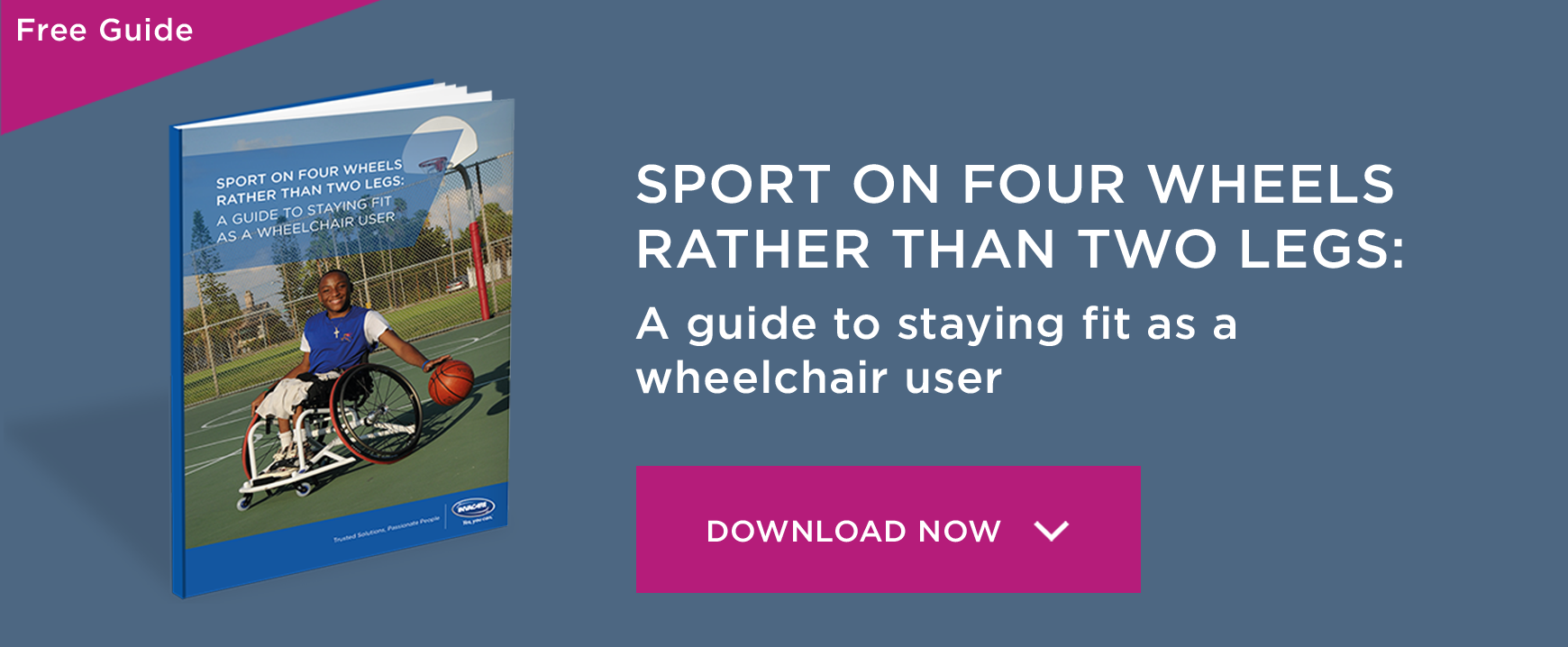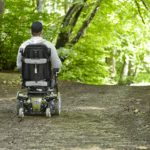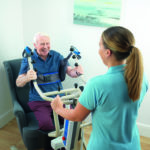Looking at Stress From The Inside Out

How do you define stress? What comes to mind when you think of things that cause you stress? Job performance? Starting a new activity or trying something new? Deadlines?
According to health psychologist, Kelly McGonigal, Ph.D., in her book “The Upside of Stress,” things that cause us to feel stress are things that are important to us.
What Is Stress?
Dr. Seth Oberst, DPT, Doctor of Physical Therapy and Sports Certified Specialist, who works with clients with chronic and complex problems, defines the experience of stress in medical terms as environmental or psychological demands that exceed one’s perception of their ability to cope.
The body’s autonomic nervous system determines how we respond physiologically to stress. It is divided into two systems, the Sympathetic Nervous System (SNS) and the Parasympathetic Nervous System (ANS).
The Sympathetic Nervous System is the system which triggers the biochemical and physiological changes brought about by fight/flight. When the sympathetic nervous system becomes dominant, 1400 chemical, physiological and psychological changes in a full blown “alarm”; all these changes act like a “Superman suit.”
The second part of the ANS is the Parasympathetic Nervous System, which helps to switch off the fight/flight response and return all hormones, organs, and systems, back to pre-stress levels (www. stresscourse.tripod.com)
Normal Versus Not Normal Stress Responses
How can stress affect your health? 75-90% of doctor’s’ office visits are stress-related. Half of adults have adverse health effects due to stress, and stress is a factor in 5 of top 6 leading causes of death (Boone and Anthony, 2003)
According to Dr. Oberst, it is normal, for instance, when the Sympathetic Nervous System becomes dominant and triggers the SNS when you are thinking about situations that can cause you to become stressed. What is not normal, however, is when it becomes conditioned and chronic.
“When facing a prolonged, uncertain and uncontrollable threat, the organism modifies its level of metabolic activity to adapt to environmental demands that may eventually lead to maladaptive responses inducing a series of stress-related pathophysiological strain (B.S. McEwen).
Autonomic dysregulation of the Parasympathetic Nervous System (PNS) occurs when this happens. In the normal stress response, the PNS helps to switch off the fight/flight response and return all hormones, organs, and systems, back to pre-stress levels. (www. stresscourse.tripod.com). Unmanaged stress can become toxic in the absence of recovery, or the body not returning to baseline or homeostasis, and is the main reason for stress related symptoms.
It Is How We Manage or Perceive Stress That Makes It Healthy or Unhealthy
There are many relaxation techniques that can help with recovery from stress. These practices can help to produce the body’s autonomic or relaxation response to give you a break and to avoid sustained stress. Some of these are progressive relaxation, mental body scan, and guided imagery. Some of the simplest and most portable tools include breathing and meditation.
Breathing
A good starting point for giving your body short periods to recover and relax throughout the day is to develop the habit of consciously breathing. Breathing as a regulator is a keystone practice, and there is currently much science to support this. According to Oberst, breathing is a behavior and responds to emotional states. It integrates and connects us physically, neurologically, and emotionally.
Donald Moss, PhD, in a recent presentation by the National Wellness Institute, explained what is called Heart Rate Variability (HRV) Training. This is essentially training to allow the body’s system to return to a relaxed state, lowering heart rate and respiration using biofeedback.
The objective is to train individuals to become more aware of the ability to control the body’s physiological response to stress by learning to reduce their rate of respiration using visual feedback. He describes variability in heart rate as a marker of better health, resilience, and adaptive capacity in a biological organism.
HRV Training is widely used by sports trainers, executive coaches, optimal performance coaches and consultants. HRV Training is increasingly used by lay persons in self-help and self-care to enhance personal performance, according to Dr. Moss.
Meditation
Meditation can be another tool that is also practical and portable. One basic type of meditation uses focus on the breath. There are many ways to meditate and a lot of resources for anyone who wants to learn.
According to Dr. Richard Davidson, Center for Health Minds, a neuroscientist who studies the science of wellbeing, four key factors of well-being (World Happiness Report 2015) are Outlook, Attention, Generosity and Resilience.
Research using EEG during the practice of meditation by experienced Tibetan monks looked at resilience (or how we react to the “bows and arrows of life”) –and found recovery from stress to be quicker. (NIH lecture/meditation, World Happiness Report, Richard Davidson – 2015 World Happiness Report –wellness as a science).
Other Methods
Other healthy ways to cope with stress, according to the CDC, include taking care of yourself by eating healthy, well-balanced meals, exercising regularly, getting plenty of sleep, and taking time to recover from stress by taking a break to allow for recovery time. Also important is being connected to others you can share your feelings with and talk to, especially when you are going through a difficult time.
A Positive Way To Look At Stress
There is also a positive way to look at stress, according to health psychologist Kelly McGonigal, Ph.D. After counseling clients about the toxic effects and negative impact of stress on their lives, Dr. McGonigal points to compelling findings of new research discoveries and, subsequently, found that she needed to rethink stress.
She explains how to go beyond just “flight or fight” response to embrace stress to become more resilient, and how, by raising our awareness of our values, to become stronger and more connected.
In her book, she introduces a few studies where the adverse health effects of stress were determined more by the perception of stress as negative, which resulted in worse outcomes, even death, than when stress was perceived in a positive way.
In fact, she concludes, the latest science shows that stress can make you smarter, stronger, and more successful, helps you learn, grow, and can even inspire courage and compassion. It also shows that how you think about stress affects everything from your cardiovascular health to your ability to find meaning in life. (McGonigal)
So how ready are you for a change toward positive health?
Achieving your fullest potential is not necessarily easy at times. It sometimes means moving past hopelessness, helplessness, ambivalence. “Wellness from within,” to coin a phrase by Dr. Alida Moonen, board president of the NWI, is finding a vision of wellness that is yours alone.
It does not have to be an inconvenience or a chore. It can be fun and creative. It also may require finding access to the resources you need. In addition to information gathering, there are health professionals and support groups and wellness coaches. A wellness coach is someone who is specially trained to give you the tools, support and collaborate with you to identify your unique needs and meet you where you are.
What is a good next step for you, in turning harmful stress into physical, mental, emotional, and spiritual health, as well as strength, courage, and compassion?
Author: Susan Bessey, PT, DPT, MCWC (Master Certified Wellness Coach) is a physiotherapist therapist from Charlotte, NC. She specializes in health, wellness, and fitness







